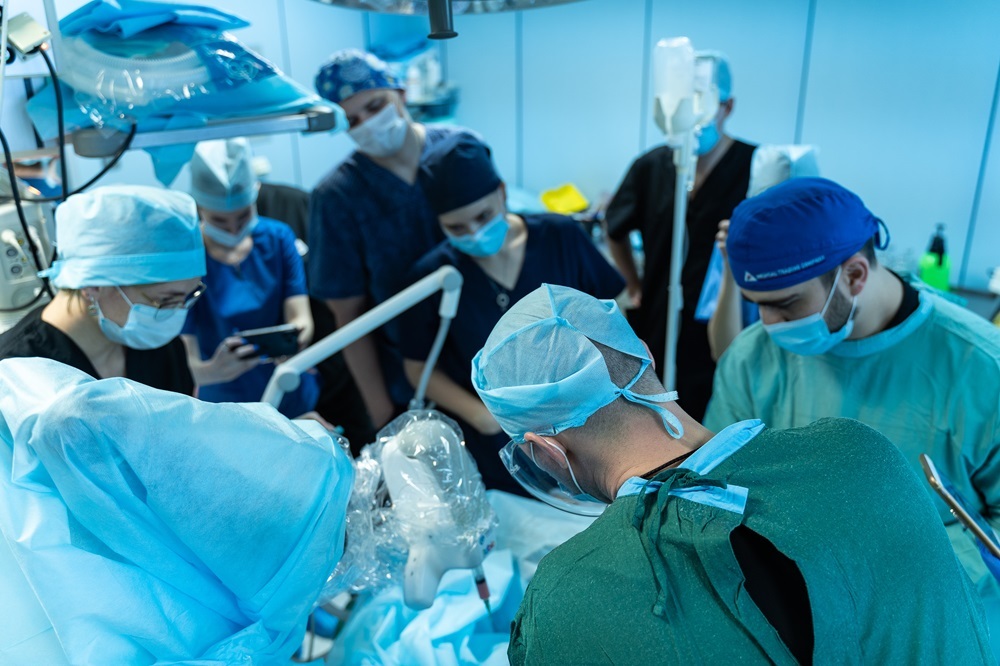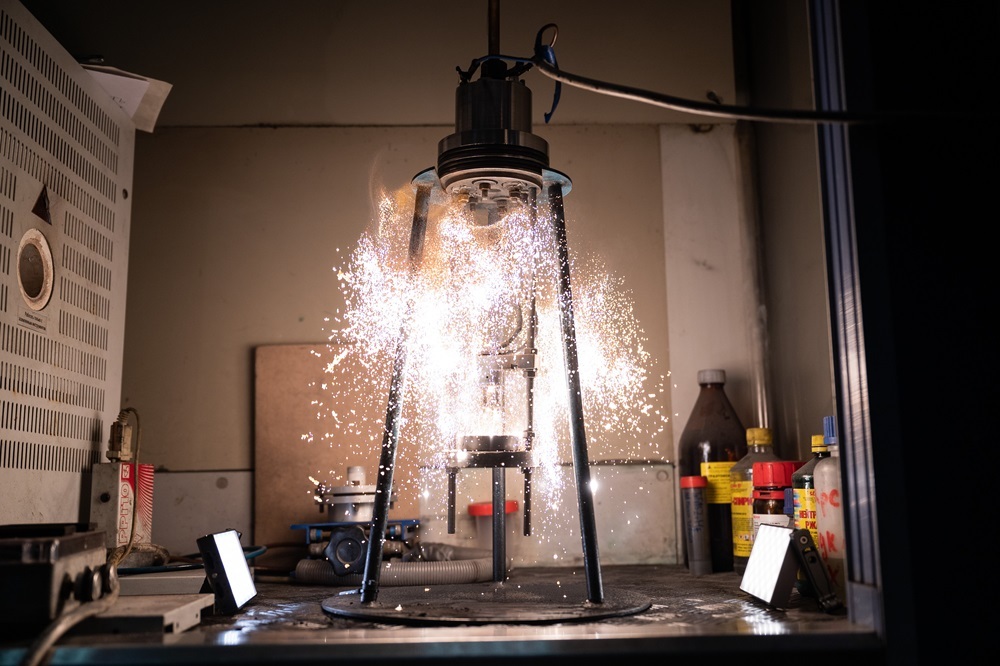The world’s first operation using bioprinting on a patient was performed with the help of a bioprinter created at NUST MISIS
The Main Military Clinical Hospital named after Academician N.N. Burdenko conducted the world’s first operation using a bioprinter consisting of a robotic arm, a bioprinting system, and computer vision. The device was developed by scientists at NUST MISIS and the pioneers of Russian bioprinting, the company 3D Bioprinting Solutions. The trajectory of the in situ biopolymer delivery, directly into the wound, was programmed on-site by a university specialist after scanning the site of the injury. The surgeon harvested the patient’s cells from the bone marrow and then added them to bio-ink for printing. The robot conducted the scanning and bioprinting without human involvement. According to the medical professionals at the center, this equipment opens up entirely new possibilities for treating complex extensive soft tissue defects.


